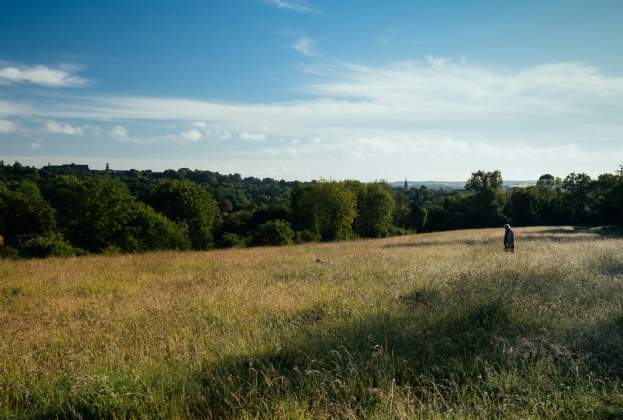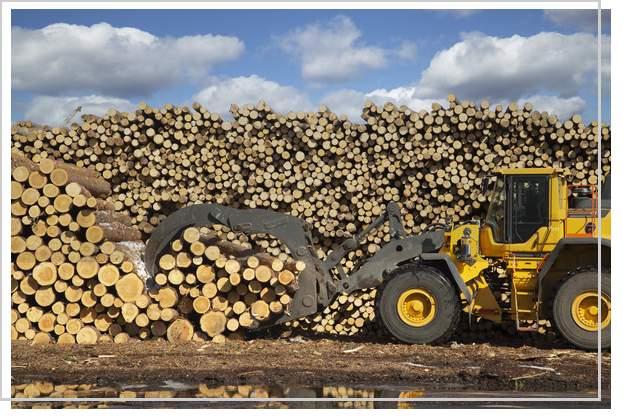We have estimated that 100,000 new sub-market homes are needed every year in England. Yet over the last four years, we built an average of only 45,000 affordable homes each year. The Prime Minister recognised in her Party Conference speech that more social rented housing is needed, but this type of affordable housing is the hungriest for capital investment. As ever, funding is limited, so we need to ensure that is being used efficiently.
To bring down the costs of delivering social rented homes, additional development sites are needed. In some places, brownfield land may be available. But in the cities with the highest demand this type of land is running out.
In London, the affordable housing need is higher than anywhere else in the country and options for development are particularly limited. The planning policy of the Mayor, Sadiq Khan, currently relies entirely on previously developed brownfield land. But the complexity of these sites and the remediation works often required means they are typically more costly to build on. Average levels of affordable housing grant may therefore not be sufficient to ensure scheme viability.
If London’s affordable housing needs are to be met without escalating demands for capital funding from the public purse, much more attention needs to be given to selective release of greenbelt land. Land release should prioritise sites with lower infrastructure costs, lower environmental value and those that are already close to existing or planned transport connections.
In our recent report, Investing to solve the housing crisis, we made the case for government investment in social rented housing. Grant funding this tenure would allow households to form that are otherwise unable to do so and provide a more cost effective way of providing homes than leaving it to the private sector.
Our report showed that £7 billion of affordable housing grant funding would be needed each year to house in social rented homes the 100,000 new households annually unable to access the market at current prices.
But practically, how would this be done? Our assumption was that an average grant rate of £70,000 per home would be needed, ranging from £80,000 in London* to £55,000 in the Midlands and North of England.
In reality, the level of grant funding will vary between sites. More complex, costly sites will need higher rates of grant to make them viable. Easier sites, without high infrastructure and remediation costs, would need lower rates. So the overall cost does depend on the mix of sites that come forward through the planning system.
If many complex sites come through, then more funding will be required to ensure development is financially viable. This could be provided by higher grant rates for the affordable housing or it could be supplemented through other sources, such as the Housing Infrastructure Fund. Housing associations may also add to the grant funding with cross-subsidy from their maturing multi tenure development programmes.
It’s not only complex sites that create viability issues. In successful cities, existing use values and investment values of employment land uses are often higher than residential.
If brownfield land is becoming scarce and residential development isn’t necessarily generating the highest land value, we need to be much more prepared to consider release of greenbelt land. In these situations, greenbelt has fulfilled its purpose of ensuring density of urban development and it’s time for it to be selectively reviewed.
*In line with the Department for Communities and Local Government's view that £80,000 will be the typical subsidy for a social rented home in the ‘areas of acute affordability pressure’.
Further information
Visit Savills Residential Research
.jpg)
.png)
.jpg)
.jpg)




(1).jpg)
.jpg)
